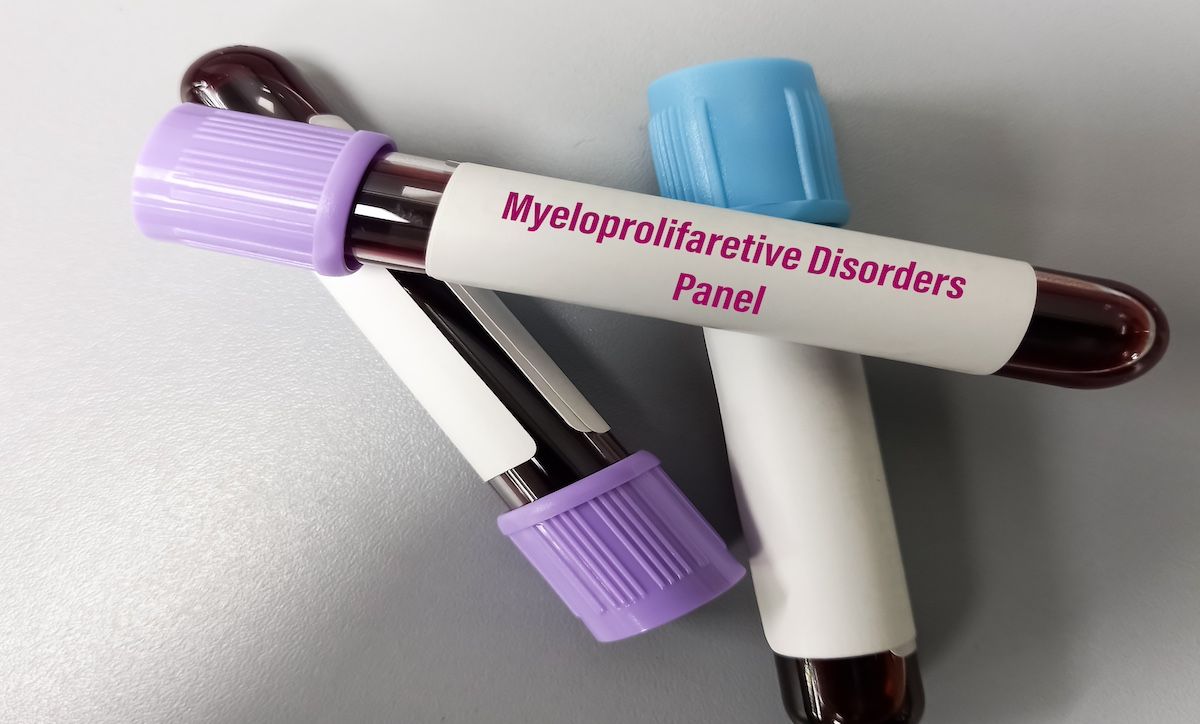TP53 mutations, which disable a key tumor-suppressor gene, were among the strongest predictors of transformation, occurring in roughly one-third of MPN-BP cases. This was often accompanied by loss of heterozygosity (LOH), leading to complete functional inactivation of this critical tumor-suppressor gene.
These mutations typically appeared as subclonal events in the chronic phase and expanded dramatically as the disease advanced, suggesting that TP53 loss confers a selective growth advantage and resistance to therapy. Patients whose disease followed this TP53-driven evolutionary pathway exhibited markedly shorter survival and poorer response to treatment than those lacking TP53 abnormalities.
Other mutations, particularly in RUNX1, NRAS/KRAS, ASXL1, and TET2, were also enriched in blastic samples, suggesting cooperative genetic networks that promote leukemic behavior. Patients who progressed through sequential clonal evolution, acquiring secondary mutations atop JAK2, had markedly worse outcomes compared to those with more stable genetic profiles.
When the researchers examined the 3 MPN subtypes separately, distinct evolutionary signatures emerged. In polycythemia vera (PV), transformation was often linked to mutations in TP53 and NRAS, while essential thrombocythemia (ET) more frequently evolved through RUNX1 mutations. Primary myelofibrosis demonstrated enrichment in epigenetic modifiers such as ASXL1 and EZH2, reflecting the extensive marrow remodeling and fibrotic changes characteristic of this subtype.
These subtype-specific differences suggest that molecular monitoring strategies may need to be tailored according to the underlying disease. For example, surveillance for TP53-mutant clones may be particularly important in PV, while detection of RUNX1 alterations could have prognostic value in ET.
The study, explained the researchers, underscores the limitations of current MPN therapies, which primarily target JAK-STAT signaling but do not address the genomic instability that leads to transformation. The authors propose that integrating molecular surveillance into standard care could identify high-risk patients before overt transformation occurs.
The researchers argue that beyond its clinical implications, the study contributes to a deeper understanding of how hematologic malignancies evolve under selective pressure. The genetic trajectories mapped here illustrate how MPNs transition from chronic inflammation-driven disorders to acute leukemias through the accumulation of cooperative mutations.
References
1. Kao H-W, Chang H, Kuo M-C, et al. Genetic evolution of myeloproliferative neoplasms from chronic phase to blastic phase: An analysis of 46 paired samples. Cancer. Published online August 17, 2025. doi:10.1002/cncr.70048
2. Tefferi A, Alkhateed H, Gangat N. Blast phase myeloproliferative neoplasm: contemporary review and 2024 treatment algorithm. Blood Cancer J. 2023;13(1):108. doi:10.1038/s41408-023-00878-8

